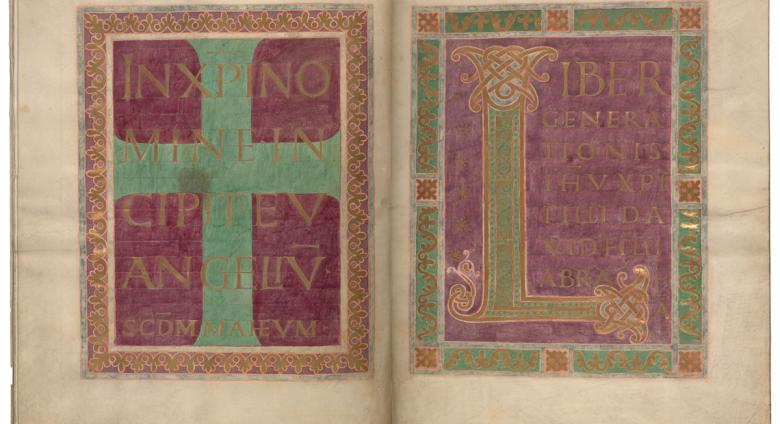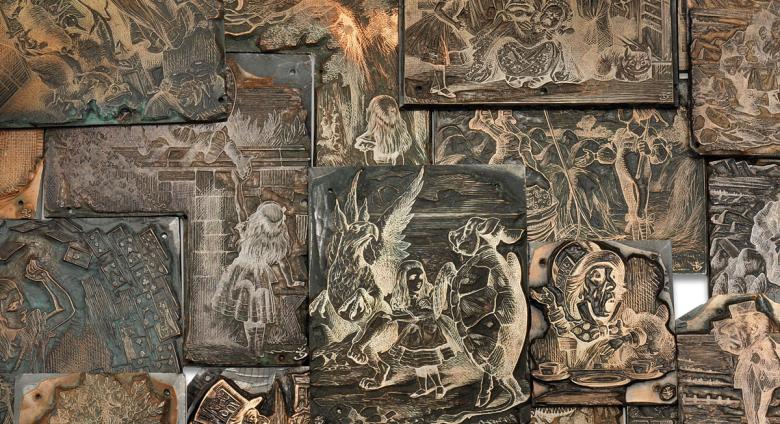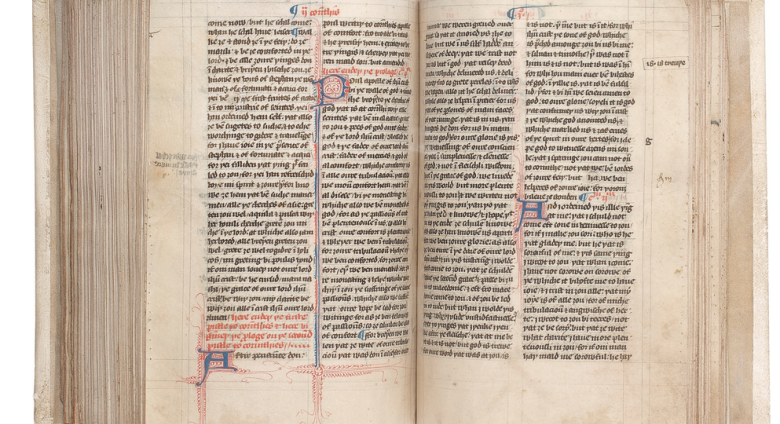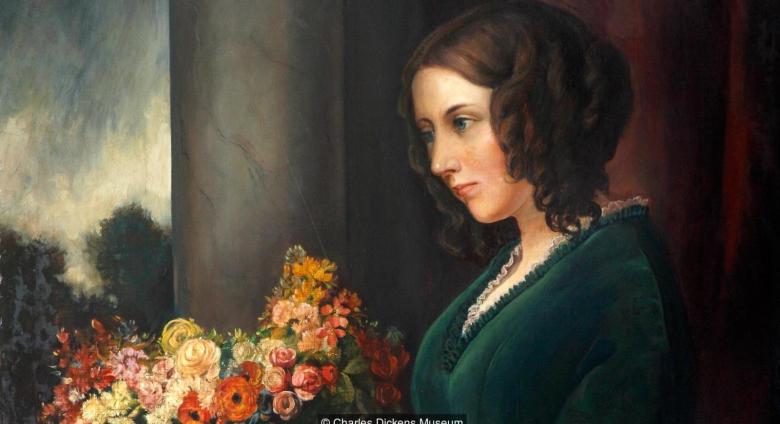Los Angeles− On August 1, Bonhams California and Western Paintings and Sculpture sale will offer a selection of over 150 works spanning the late 19th through mid-20th century by noted artists such as E. Charlton Fortune, William Wendt, Elmer Wachtel, and John Marshall Gamble, among others. Works by the California Impressionist Edgar Payne will be well-represented in the sale, including sweeping views from mountaineering trips in the European Swiss Alps as well as the Eastern Sierras.
August 2017 Art News
Join us in celebrating the 50th anniversary of the award of The Temple of Dendur to The Met in a day filled with special offerings and activities. One of the Museum's most iconic and best-loved works of art, the temple was built of sandstone in around 15 B.C. and rescued during the 1960–80 UNESCO Campaign to Save the Monuments of Nubia. A gift of Egypt to the United States, it was awarded to The Met by President Lyndon B. Johnson in April 1967. It is now located in The Sackler Wing at The Met.
LOS ANGELES – The J. Paul Getty Museum announced today the voluntary return of a marble statuette representing the god Zeus which dates to about 100 B.C. The Museum acquired the sculpture in 1992.
The Museum made its decision to return the Statue of Zeus Enthroned, a 29-inch high marble statuette, following thorough consideration of information provided by Italian officials, including a recently discovered fragment of the statue.
Christie’s France is pleased to announce that it will offer “Stripped Bare: Photographs from the Thomas Koerfer Collection,” comprising 74 lots and led by the emblematic Man Ray masterpiece, Noire et Blanche, formerly in the collection of Jacques Doucet, on November 9, while collectors are gathered for the Paris Photo Fair.
This fall, the Morgan Library will be exhibiting some of its most bejeweled medieval books in the show Magnificent Gems: Medieval Treasure Bindings. The exhibition, which is running September 2017 through January 2018, will include a dazzling collection of treasure bindings adorned with sapphires, diamonds, emeralds, pearls, and garnets and other precious stones.
John Tenniel judged the images produced from electrotype printing plates of his illustrations for Alice’s Adventures in Wonderland to be so poorly rendered that he convinced the book’s author, Lewis Carroll, to recall entire first edition. Carroll’s diary entry for July 20, 1865 states as much: “Called on [publisher] Macmillan, and showed him Tenniel’s letter about the fairy-tale -- he is entirely dissatisfied with the printing of the pictures, and I suppose we shall have to do it all again.” (R.L. Green, ed., The Diaries (London: 1953), p.234).
On December 5, one of the world’s best private collections of English Bibles will hit the auction block at Sotheby’s New York. It is the collection of Dr. Charles Caldwell Ryrie, described by the auction house as a “renowned theologian and the editor of a bestselling study Bible.” Ryrie’s collection is comprehensive--including papyrus fragments, illuminated manuscripts, and two leaves from the Gutenberg Bible, alongside many early printed editions.
The Charles Dickens Museum in London reported that it discovered an original portrait of Catherine Dickens, wife of Charles Dickens. In a curious twist, the painting was discovered by X-ray beneath the portrait many believed to be the original. As it turns out, the original painting was extensively overpainted, perhaps after a botched attempt to clean it.
Over the holiday week, I took a trip to Corning, New York, home of the Corning Museum of Glass. My primary intention was to see the collection of antique microscopes on exhibit (and featured in our fall 2016 issue). Revealing the Invisible: The History of Glass and the Microscope, on display in the museum’s Rakow Research Library, looks at the scientists and artists who developed and refined microscopy between the 1600s and the late 1800s.



























